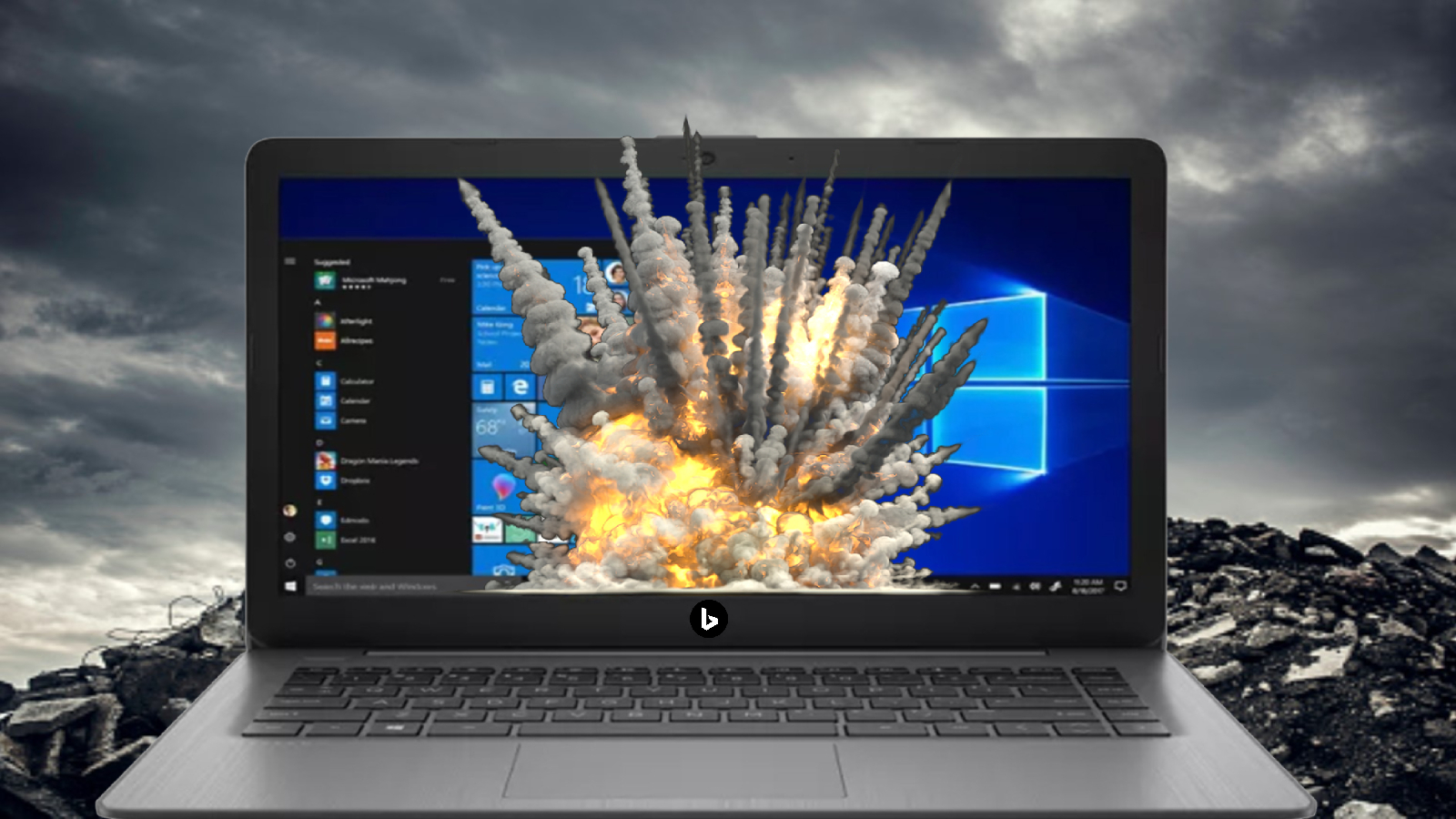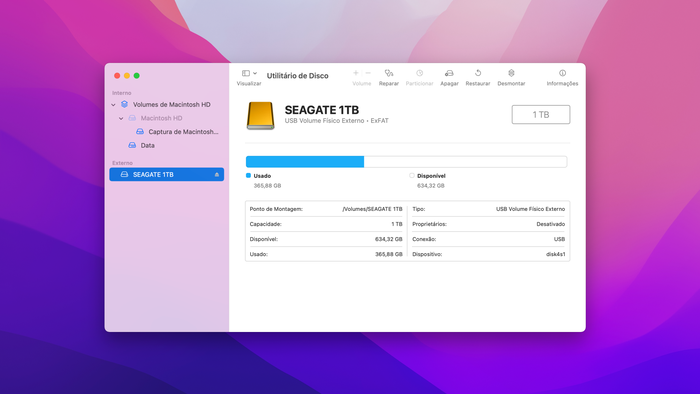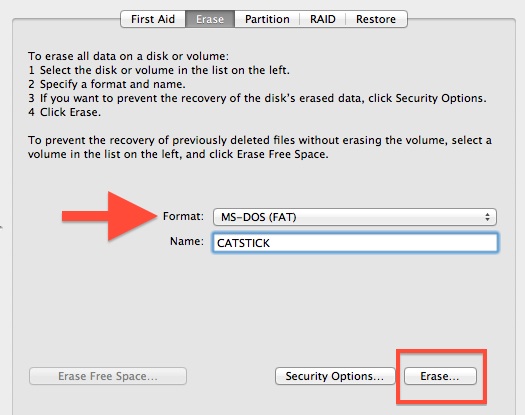
- How to format drive on mac how to#
- How to format drive on mac mac os x#
- How to format drive on mac install#
- How to format drive on mac pro#
- How to format drive on mac password#
Tip: You don’t need to erase a whole drive to delete files securely. However, it also increases the time it takes to format the drive quite considerably. The further to the right you move the slider, the more ‘passes’ the erase tool will make and the more securely files will be deleted. Choose a security level using the slider. If you have previously stored sensitive data on the drive, click the Security tab.Ĩ. Choose a format from the dropdown menu.ħ. In the window that drops down type a name for the formatted drive in the box next to Name.Ħ. Click on the USB drive in the sidebar and then choose Erase from the toolbar at the top of the window.ĥ. Once you’ve copied any files you need from the USB drive to your Mac, go to Applications>Utilities and double-click on Disk Utility.Ĥ. The process of reformatting it will wipe all the data from it.ģ. Make sure it has no files on it that you need. Open a new Finder window and click on the drive.
How to format drive on mac pro#
Plug the drive into a USB socket (if you have a recent MacBook or MacBook Pro that only has USB-C connectors, you’ll need a USB-C to USB-A adaptor).Ģ. It’s exactly the same procedure if you need to reformat a flash drive on a Mac.
How to format drive on mac how to#
So, if you’ve bought a USB drive that’s formatted as Fat32, or any other format other than Mac OS Extended (also known as HFS+) or APFS, here’s how to format a USB drive on Mac. Drives formatted as Fat32 can be read from and written to by macOS, but it’s not optimal and you’re more likely to run into problems than if you use macOS’ native format. That’s because most of the computers in the world run Windows, and Windows uses a different file system, usually one known as Fat32. However, unless it’s been designed for use with a Mac, it won’t be formatted using macOS’ preferred file system (either Mac OS Extended or APFS, depending on which version of macOS you’re running). Nowadays, when you buy a USB drive, you can use it right out of the box with your Mac. Test it out in a free version and head over to the tips below.įeatures described in this article refer to the MacPaw site version of CleanMyMac X. This is our app that cleans old caches, system junk, and large hidden files. APM is an older, Mac-only partition scheme.If you want to erase all unwanted files from your macOS, download CleanMyMac X. You’ll also be asked to choose between a partition scheme: GUID Partition Map, Master Boot Record, or Apple Partition Map. RELATED: What's the Difference Between GPT and MBR When Partitioning a Drive?
How to format drive on mac install#
It’s not natively supported on many Linux distributions, but you can install exFAT support on Linux.įor external drives, it almost always makes sense to format in ExFAT, unless you’re using the drive for Time Machine. ExFAT is the ideal cross-platform file system.

You should use this file system if you may share the drive with Windows PCs and other devices like the PlayStation 4 and Xbox One consoles.
How to format drive on mac password#
You’ll have to enter a password, and you’ll need to provide that password whenever you connect your drive to your Mac.
How to format drive on mac mac os x#
By default, Mac OS X doesn’t use a case-sensitive file system.

This file system is necessary if you plan on using the drive for Time Machine backups–otherwise, you’ll want to use exFAT for maximum compatibility.

RELATED: What's the Difference Between FAT32, exFAT, and NTFS? You’ll need to choose between several file systems: You’ll be asked to provide a name for the disk, which will appear and identify the disk when you connect it to a Mac, PC, or another device.

Select the drive by clicking its name.Ĭlick the “Erase” button after selecting the entire drive to erase the entire drive and create a single partition on it. Your connected drives will appear under “External” in the Disk Utility’s sidebar. You can also open a Finder window, select “Applications” in the sidebar, and head to Utilities > Disk Utility.


 0 kommentar(er)
0 kommentar(er)
